AI Copilot for Productivity: Why It Matters and How It Transforms Work and Innovation
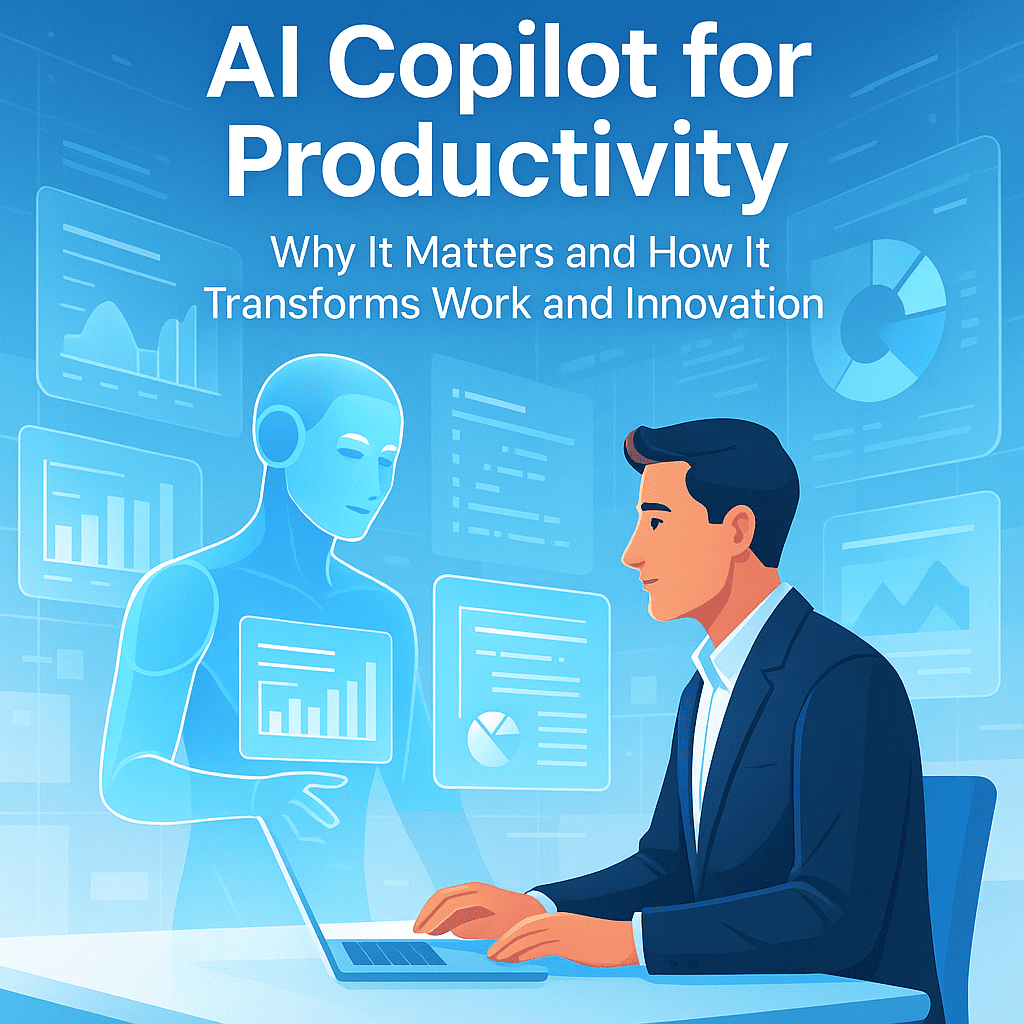
AI Copilot for Productivity: Why It Matters and How It Transforms Work and Innovation
Table of Contents
Introduction
What Is an AI Copilot?
The Technology Behind AI Copilots
The Rise of AI Copilots: A Brief History
Why AI Copilots Are Important
Key Benefits of AI Copilots for Productivity
Faster Workflows
Creativity Amplification
Reduced Cognitive Load
Knowledge Discovery
Error Prevention
Accessibility
Mental Health and Wellbeing
Deep Dive: Use Cases of AI Copilots
Software Development
Writing and Content Creation
Design and Creative Work
Business Operations
Customer Support
Sales and Marketing
Data Analytics
Finance and Accounting
Legal and Compliance
Education and Learning
Healthcare
AI Copilots and Human Empowerment
Limitations and Challenges
Hallucinations
Privacy and Security
Bias and Fairness
Cost and Access Inequality
Ethical Implications
Future of AI Copilots
How Businesses Can Prepare for Copilots
Conclusion
References and Further Reading
1. Introduction
Imagine a world where your digital tools don’t just wait for your instructions but actively collaborate with you. Where software anticipates what you need, suggests smart shortcuts, and helps you achieve more than you thought possible.
This is the vision of an AI copilot for productivity—an intelligent partner integrated into your daily work life.
Whether you’re writing code, designing a marketing campaign, handling legal research, or simply managing your inbox, AI copilots are reshaping how we work. The shift is so significant that Microsoft calls it “the next major wave of computing.”
In this in-depth guide, we’ll explore:
What AI copilots really are
How they work
Why they’re important
What they help us achieve
The industries they’re transforming
Challenges we must solve
The future that lies ahead
Let’s dive deep into how AI copilots are rewriting the rules of productivity.
2. What Is an AI Copilot?
A copilot traditionally sits beside the pilot in an aircraft, assisting with navigation, safety checks, and emergencies. An AI copilot does the same—except it sits beside you in your digital workspace.
Unlike traditional software assistants that wait for commands, an AI copilot:
✅ Understands your context—the document you’re editing, the code you’re writing, or the conversation you’re having.
✅ Anticipates your needs, rather than waiting passively for commands.
✅ Generates new content—text, code, designs, even images or data charts.
✅ Helps you solve problems creatively.
✅ Communicates naturally in human language.
It’s not just an “assistant” but an active collaborator.
Popular examples:
GitHub Copilot → Read More
Microsoft 365 Copilot → Microsoft Blog
Notion AI → Notion AI Official Page
Adobe Firefly → Adobe Firefly
Google Duet AI → Google Cloud
These tools are only the beginning.
3. The Technology Behind AI Copilots
AI copilots are powered by:
Large Language Models (LLMs)
Modern copilots rely on large neural networks trained on billions of text samples. Examples:
Google’s PaLM
Meta’s LLaMA
These models excel at:
Predicting the next word
Answering questions
Summarizing text
Translating languages
Retrieval-Augmented Generation (RAG)
Instead of relying purely on memory, some copilots can look things up in:
Knowledge bases
Search engines
Internal company documents
This lowers hallucinations and improves factual accuracy.
Multimodal AI
Emerging copilots can “see” images, charts, or videos and combine that knowledge with text. For example:
Midjourney generates images from text.
Adobe Firefly turns text prompts into visual designs.
We’re moving toward truly multimodal copilots.
4. The Rise of AI Copilots: A Brief History
Let’s look at how copilots evolved:
1960s–1970s: Early chatbots like ELIZA mimicked conversation but lacked real intelligence.
1990s: Microsoft Clippy became infamous for interrupting users.
2011–2016: Siri, Alexa, and Google Assistant introduced voice commands but remained limited to simple tasks.
2020–2023: LLMs like GPT-3 and GPT-4 led to sophisticated tools capable of writing text, code, and creative content.
Today, AI copilots are contextual collaborators, understanding entire documents or codebases to assist knowledge workers.
5. Why AI Copilots Are Important
We live in a world of information overload. Email notifications, Slack messages, and data streams bombard workers daily.
Without help, our productivity suffers:
Overwhelmed attention spans
Burnout from repetitive tasks
Missed insights buried in vast information
AI copilots are essential because they:
Process vast information rapidly
Help focus your attention
Reduce cognitive load
Amplify human creativity
As McKinsey notes, generative AI could add $2.6 to $4.4 trillion annually to the global economy, driven in part by copilots for productivity.
6. Key Benefits of AI Copilots for Productivity
Let’s explore the core benefits in detail.
Faster Workflows
AI copilots:
Draft emails in seconds
Summarize documents instantly
Generate code snippets
Complete repetitive forms
GitHub data shows developers code up to 55% faster using Copilot.
Creativity Amplification
AI copilots help spark creativity:
Write catchy headlines
Brainstorm social media content
Suggest new product names
Generate images for marketing
Tools like Canva’s Magic Write enable non-writers to produce professional content quickly.
Reduced Cognitive Load
Instead of remembering every detail, your copilot:
Tracks your recent activity
Understands project context
Reminds you of deadlines
This reduces mental fatigue.
Knowledge Discovery
Copilots help find insights:
Search across internal documents
Summarize meeting transcripts
Suggest relevant data for reports
A study by Harvard Business School found that consultants using AI tools completed tasks 25% faster and produced higher-quality results.
Error Prevention
Copilots:
Catch grammar mistakes
Highlight potential legal issues
Suggest security improvements in code
This helps reduce costly human errors.
Accessibility
AI copilots:
Provide text-to-speech for visually impaired users
Translate languages in real time
Simplify complex writing for easier understanding
Tools like Microsoft’s Immersive Reader make information more accessible to all.
Mental Health and Wellbeing
Reducing cognitive load and handling tedious tasks can:
Lower stress
Improve focus
Increase job satisfaction
AI copilots may be an unexpected ally in fighting workplace burnout.
7. Deep Dive: Use Cases of AI Copilots
Here’s how copilots are transforming industries:
Software Development
Completes entire code functions
Converts comments into working code
Suggests documentation
AI copilots also help with:
Code reviews
Writing unit tests
Understanding unfamiliar codebases
Writing and Content Creation
Writers use copilots to:
Draft blog posts
Generate SEO descriptions
Create social media posts
Summarize long articles
Tools like Jasper AI produce marketing copy in minutes.
Design and Creative Work
Turns text into images
Suggests color palettes
Creates logos and assets
Designers use copilots to rapidly iterate on ideas.
Business Operations
Executives and managers rely on copilots for:
Drafting reports
Preparing presentations
Analyzing contracts
Imagine dictating a business idea and receiving a slide deck instantly.
Customer Support
Copilots in support platforms:
Suggest answers to agents
Automate FAQs
Summarize customer tickets
Zendesk integrates AI copilots to improve response times.
Sales and Marketing
AI copilots:
Generate personalized email pitches
Create ad copy variations
Analyze CRM data for leads
Salesforce Einstein GPT helps sales teams close deals faster.
Data Analytics
Analysts use copilots to:
Write SQL queries
Generate charts from raw data
Summarize datasets
Tools like ThoughtSpot Sage let users ask data questions in natural language.
Finance and Accounting
AI copilots:
Automate bookkeeping
Identify suspicious transactions
Draft financial summaries
PwC is investing $1 billion in AI tools, partly for finance applications.
Legal and Compliance
Law firms use copilots to:
Draft contracts
Summarize case law
Identify compliance risks
Harvey AI is an AI copilot for legal professionals.
Education and Learning
Teachers and students use copilots to:
Generate lesson plans
Create quizzes
Simplify complex topics
Tools like Khanmigo by Khan Academy bring personalized AI tutors into classrooms.
Healthcare
Medical professionals use AI copilots for:
Summarizing patient notes
Drafting referral letters
Analyzing research papers
Nuance DAX Copilot helps doctors reduce time spent on documentation.
8. AI Copilots and Human Empowerment
A common fear is that AI will steal jobs. However, copilots are designed to augment human abilities.
Consider:
A solo entrepreneur can handle marketing, design, and admin.
A junior developer produces senior-level code with guidance.
A non-writer crafts professional content.
As MIT researchers found, AI copilots boost productivity by up to 40%, particularly for lower-skilled workers.
Copilots democratize skills. They’re digital partners, not replacements.
9. Limitations and Challenges
Despite their promise, copilots face real limitations.
Hallucinations
LLMs sometimes produce false information. Users must verify AI outputs rather than trust them blindly.
Privacy and Security
Copilots process sensitive data:
Proprietary code
Legal documents
Customer records
Businesses must ensure strong data governance.
Bias and Fairness
AI can inherit biases from training data. For instance:
Gender stereotypes in writing
Biased legal recommendations
Regulatory scrutiny is rising worldwide. The EU AI Act aims to ensure ethical AI.
Cost and Access Inequality
Enterprise AI copilots can be costly, potentially leaving small businesses behind.
Ethical Implications
Who’s liable if an AI copilot provides bad advice?
Open questions remain about:
Copyright of AI-generated content
Responsibility for errors
Regulation of powerful AI tools
We’re navigating uncharted territory.
10. Future of AI Copilots
AI copilots will evolve rapidly:
Multimodal capabilities—text, images, video, and speech combined
Personalization—understanding your unique style and preferences
Real-time collaboration—copilots that can join meetings or calls
Seamless integrations—copilots moving across apps and devices
The vision is a unified digital partner who helps across your entire life.
Bill Gates predicts AI will become “as fundamental as the PC or the internet.”
11. How Businesses Can Prepare for Copilots
Organizations should:
✅ Start small with pilot projects
✅ Invest in employee training
✅ Establish AI governance policies
✅ Evaluate security and compliance risks
✅ Focus on human-AI collaboration
Harvard Business Review urges leaders to view copilots as strategic assets.
12. Conclusion
The age of the AI copilot for productivity has begun.
We’re witnessing:
Faster workflows
Smarter insights
Enhanced creativity
New possibilities for every professional
The journey is only beginning. The question is not if you’ll use an AI copilot but how you’ll integrate it into your life and work.
One thing is certain:
“AI copilots won’t replace your job. But a person using an AI copilot might.”
Welcome to the future of work.
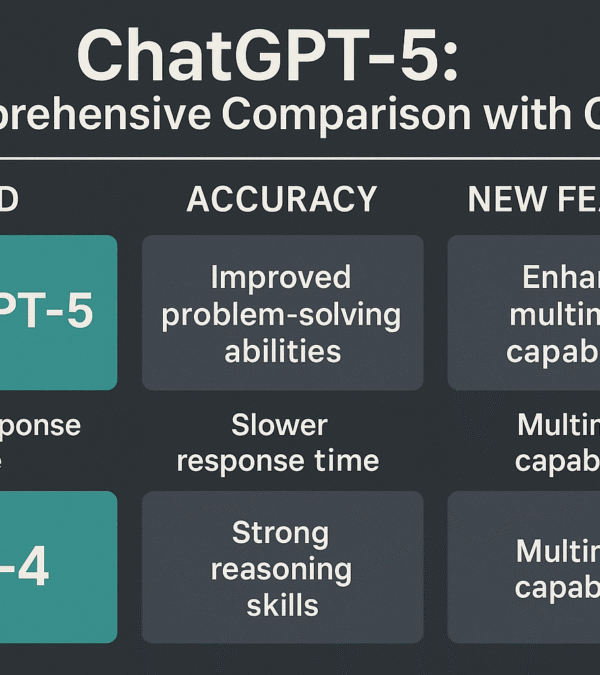
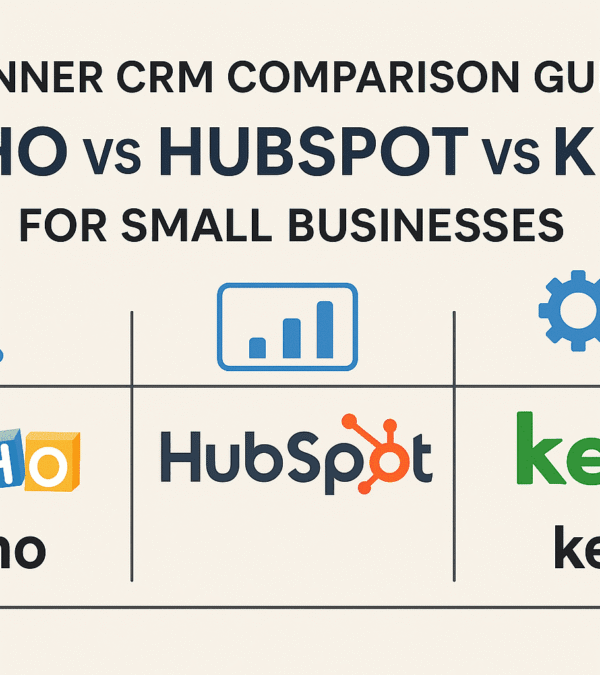
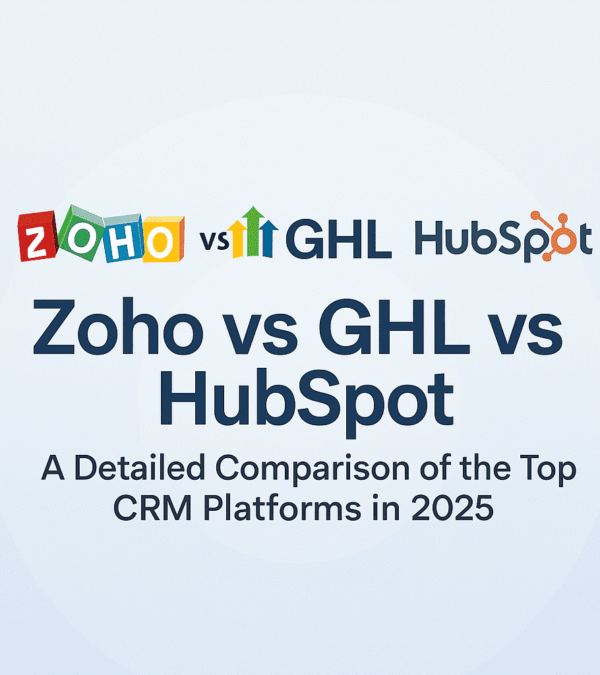

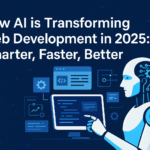
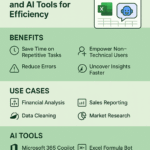
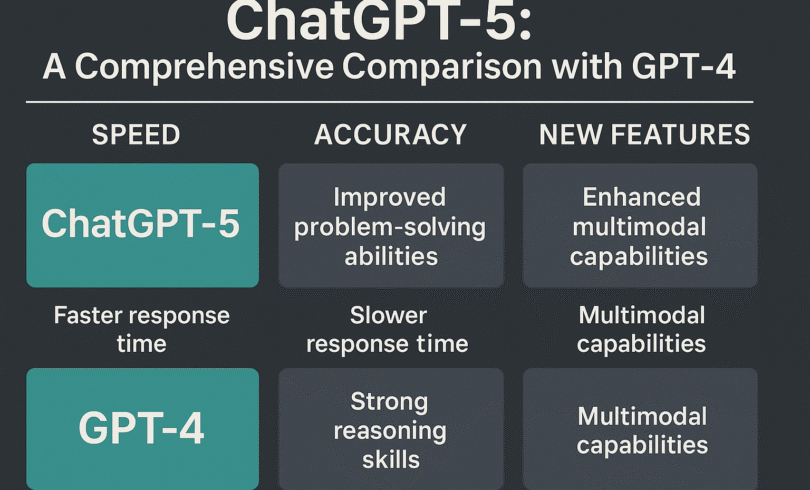
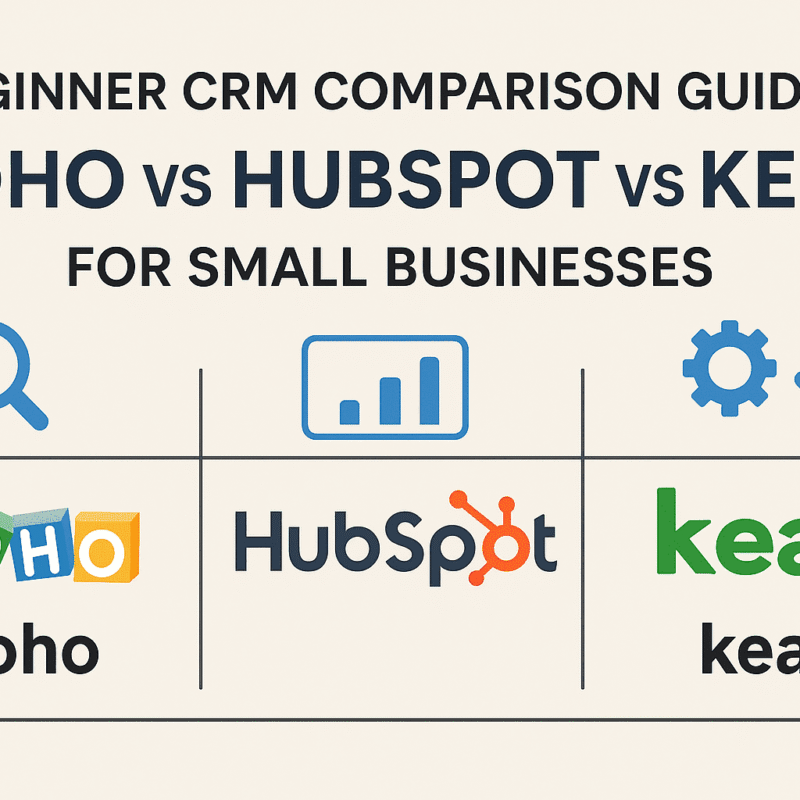
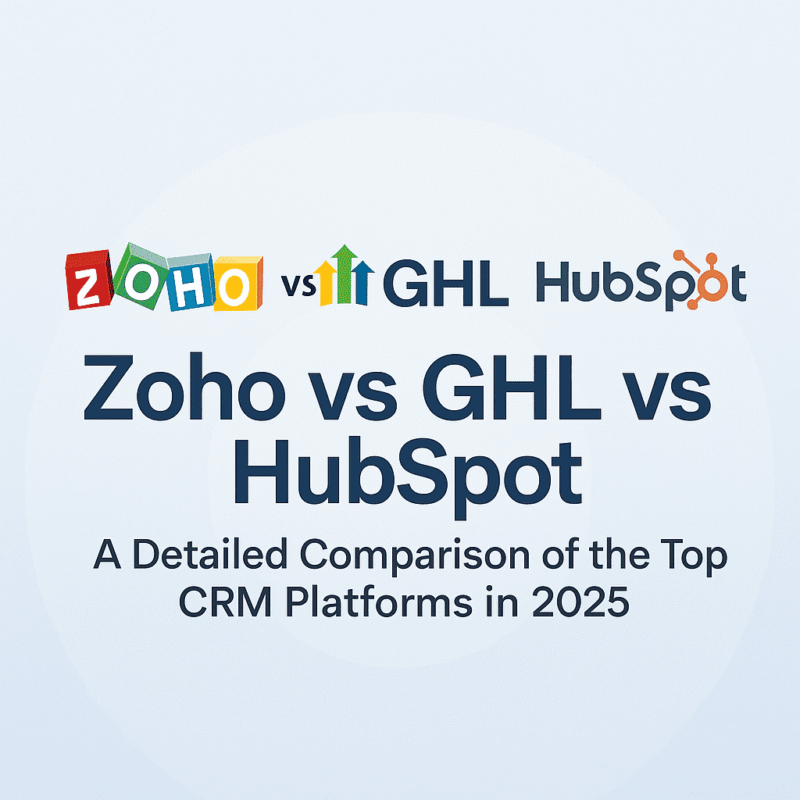
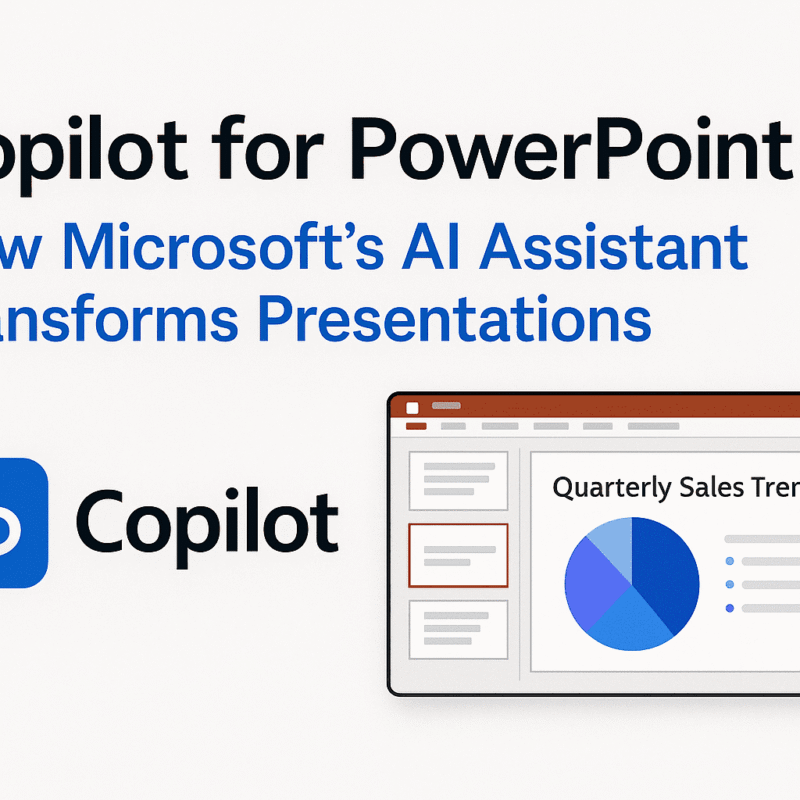
8 Comments
How Copilot for Excel Transforms Spreadsheets: Benefits, Use Cases, and AI Tools for Efficiency
[…] How Copilot for Excel Transforms Spreadsheets: Benefits, Use Cases, and AI Tools for Efficiency AI Copilot for Productivity: Why It Matters and How It Transforms Work and Innovation Web Hosting Providers Comparison 2025: Best Services for Developers and Businesses Create Custom […]
Copilot for PowerPoint: How Microsoft’s AI Assistant Transforms Presentations - CodeScaleUp – Web Development, Tech Tools & Website Optimization Tips
[…] How Copilot for Excel Transforms Spreadsheets: Benefits, Use Cases, and AI Tools for Efficiency AI Copilot for Productivity: Why It Matters and How It Transforms Work and Innovation Web Hosting Providers Comparison 2025: Best Services for Developers and Businesses Create Custom […]
rubber_ltol
Create your perfect online print in just a few clicks with rubber stamp maker online, stamp making online, rubber stamp online maker, stamp maker, online stamp maker, stamp maker online, stamp creator online, make a stamp online, make stamp online, online stamp design maker, make stamps online, stamps maker, online stamp creator, stamp online maker, stamp online maker free, stamp maker online free, create stamp online free, stamp creator online free, online stamp maker free, free online stamp maker, free stamp maker online, make stamp online free — fast, easy and free!
The process of making custom rubber stamps is revolutionized by convenient online platforms.
Benefits of Using an Online Rubber Stamp Maker
Many platforms offer quick turnaround times and affordable prices, making it a cost-effective solution.
Steps to Create a Rubber Stamp Online
Start by either selecting a template or uploading your own design, bearing in mind image resolution for clarity.
Choosing the Right Rubber Stamp Maker
Choose a reputable service with positive customer feedback and a secure process for payment and order tracking.
next_js_askl
If you are looking for an experienced next.js developer|next js developer|next developer|next developer freelancer|next freelancer|next js freelancer|hire next.js developer|freelance next.js developer|remote next.js developer|next.js full-stack developer|next.js developer for hire|custom next.js development|next.js website developer|next.js expert freelancer|next.js web app developer|next.js ssr developer|next.js seo expert|next.js performance optimization|next.js developer portfolio|next.js development services|next.js developer available|hire freelance next.js developer|experienced next.js developer|next.js + react developer|full-time next.js freelancer,who can create a high-performance and scalable website using Next.js technology, you can find the right specialist offering a wide range of development services on this platform.
Next.js has become a popular framework for building server-side rendered and static websites . With its ability to handle server-side rendering and static site generation, it is widely used in the industry for building high-performance websites . there is a growing need for professionals who can develop high-quality web applications using Next.js.
learning Next.js has become a top priority for web developers . With the right skills and knowledge, developers can leverage the power of Next.js to create fast and efficient web applications. Next.js developers are in high demand, and they have a wide range of job opportunities available to them.
Key Skills for Next.js Developers
To become a successful Next.js developer, one requires a strong foundation in web development and a good understanding of Next.js . This includes proficiency in JavaScript and React, as well as familiarity with back-end development and database management. A good Next.js developer should also have excellent problem-solving skills and attention to detail .
In addition to technical skills, Next.js developers should be familiar with industry standards and trends . This includes knowledge of accessibility and user experience . By possessing these skills and knowledge, Next.js developers can build fast and scalable websites that provide a great user experience .
Next.js Developer Job Responsibilities
The job responsibilities of a Next.js developer vary depending on the organization and the specific project . This includes building server-side rendered and static websites using Next.js . Next.js developers are also responsible for ensuring web security and accessibility.
In addition to these technical tasks, Next.js developers may also be involved in collaborating with cross-functional teams . They may also be responsible for staying up-to-date with industry trends and developments . By fulfilling these responsibilities, Next.js developers can build fast and scalable websites that provide a great user experience .
Future of Next.js Development
The future of Next.js development looks bright, with a growing demand for skilled Next.js developers . As the web development landscape continues to evolve, Next.js will continue to be a popular choice for building fast and scalable web applications . With its ability to handle server-side rendering and static site generation, Next.js is poised to become a leading framework for building high-performance websites .
As a result, companies will continue to look for experts who can leverage the power of Next.js. By acquiring Next.js skills and knowledge, developers can create high-quality web applications that meet the needs of users . With the right skills and knowledge, developers can work on complex and challenging web projects.
rubber_wtKt
Service rubber stamp maker online|stamp making online|rubber stamp online maker|stamp maker|online stamp maker|stamp maker online|stamp creator online|make a stamp online|make stamp online|online stamp design maker|make stamps online|stamps maker|online stamp creator|stamp online maker|stamp online maker free|stamp maker online free|create stamp online free|stamp creator online free|online stamp maker free|free online stamp maker|free stamp maker online|make stamp online free allows you to create and order stamps online.
The internet has made it easier for people to access rubber stamp makers and create their own custom stamps. The process of creating a rubber stamp online is straightforward and requires minimal effort the website will then guide the user through the process of customizing their stamp . The rubber stamp maker online is a great resource for businesses and individuals who need to create custom stamps for their documents .
this makes it ideal for people who are short on time or have busy schedules. this allows for a high level of customization and creativity. users can create their own custom stamps at a fraction of the cost of traditional methods .
How to Use a Rubber Stamp Maker Online
the website will provide options for customizing the stamp, including the size and material. The first step in using a rubber stamp maker online is to choose a design or template . they will be asked to provide their contact and payment information .
they can also add additional features, such as a handle or a ink pad. In addition to the customization options, the online rubber stamp maker also offers a range of design tools . the website is easy to navigate and provides clear instructions.
Benefits of Using a Rubber Stamp Maker Online
this makes it ideal for people who are short on time or have busy schedules. users can choose from a variety of fonts, colors, and images to create their custom stamp . In addition to the convenience and design options, the rubber stamp maker online is also environmentally friendly .
it provides them with a cost-effective way to create custom stamps for their documents . The online rubber stamp maker also offers a range of marketing tools and resources . the team is available to answer questions and provide guidance.
Conclusion
it offers a range of benefits, including convenience, cost-effectiveness, and customization . it is also a fun and creative way for people to express themselves . it is ideal for people who are short on time or have busy schedules .
The rubber stamp maker online is also a cost-effective way to create custom stamps . this allows for a high level of customization and creativity. The rubber stamp maker online is a great resource for anyone who needs to create custom stamps .
fake_zhOa
Get receive sms online otp and protect your personal information.
Searching for a fake phone number for verification purposes can be quite challenging in today’s digital landscape. Many online services require a valid phone number to confirm your identity, which can create uncomfortable situations. Still, using a fake phone number can assist in preserving your privacy while accessing necessary services.
Fake phone numbers can act as helpful alternatives for verification. Such numbers allow you to receive verification codes without revealing your real number. Many websites offer these services, making it simple to find a suitable fake phone number when needed.
Choosing a provider, it’s important to assess the reliability and security they offer. Look for platforms that have high ratings to ensure a smooth experience. Moreover, some services might offer free options, so always look into their pricing structures before proceeding.
Ultimately, using a fake phone number for verification can enhance your online privacy. As long as you choose a trustworthy service, you can take advantage of the convenience this method offers. Keep updated about the best services available, and protect yourself online.
receive_arKi
By using receive sms online you can quickly and conveniently receive SMS without having to use a personal number.
Anonymity is one of the primary advantages provided by online SMS reception.
temporary_wmEa
To create an account in various services, you often need temporary phone number, which can help in keeping your personal information safe.
Temporary phone numbers are increasingly used by individuals and companies for security purposes . This trend is particularly noticeable among those who frequently use online services, as temporary phone numbers can be used to verify accounts without revealing personal contact information. Online account verification is a common use for temporary phone numbers, providing an extra layer of privacy. Furthermore, temporary phone numbers can be used for a variety of purposes, including receiving SMS messages and making calls, all while keeping the user’s real phone number hidden. The functionality of temporary phone numbers includes receiving SMS messages, making voice calls, and other uses, all while keeping the user’s phone number confidential.
In addition to their practical applications, temporary phone numbers have also become essential for individuals who value their privacy and wish to avoid unwanted communications. Many individuals opt for temporary phone numbers as a means to protect their personal privacy and avoid unwanted calls and messages . This is especially true in cases where personal contact information is required for services that may potentially misuse it. Temporary phone numbers offer a secure way to provide contact information without the risk of it being misused by services . By using a temporary phone number, individuals can ensure that their real phone number remains confidential and is not shared with unwanted parties. Using a temporary phone number ensures that the real phone number remains confidential and is not shared with unwanted parties .
Benefits of Temporary Phone Numbers
The benefits of temporary phone numbers are multifaceted, ranging from enhanced privacy to convenience. One of the main advantages of temporary phone numbers is the enhanced level of privacy they offer . This is particularly beneficial for individuals who are concerned about their personal information being accessed by unauthorized parties. Temporary phone numbers are especially useful for those who are worried about their personal data being accessed without authorization . Additionally, temporary phone numbers can be easily discarded and replaced, making them ideal for short-term use. Temporary phone numbers are convenient because they can be discarded and replaced as needed, which is ideal for short-term applications.
Another significant benefit of temporary phone numbers is their ability to prevent spam and unwanted communications. Temporary phone numbers are effective in preventing spam and unwanted communications from reaching the user . By using a temporary phone number, individuals can significantly reduce the amount of unwanted calls and messages they receive. The use of temporary phone numbers leads to a substantial decrease in the amount of unwanted calls and messages. This not only enhances the user’s privacy but also reduces the risk of falling victim to scams and phishing attempts. Temporary phone numbers provide an additional layer of security against scams and phishing by reducing the risk of personal information being compromised .
Applications of Temporary Phone Numbers
Temporary phone numbers have a wide range of applications, from personal use to business applications. Temporary phone numbers are used for various purposes, including personal and business applications . For personal use, temporary phone numbers can be used to sign up for services that require a phone number for verification, without having to provide a real phone number. Temporary phone numbers can be used for personal purposes, such as signing up for services that require phone number verification . This is particularly useful for individuals who are concerned about their privacy and do not want to receive unwanted communications. Individuals who value their privacy find temporary phone numbers to be a useful tool for avoiding unwanted communications.
In business applications, temporary phone numbers can be used to provide customer support without revealing the company’s main contact information. Temporary phone numbers can be used by businesses to provide customer support without disclosing their primary contact details . This can help in maintaining the privacy of the company’s internal communications and preventing unwanted solicitations. This helps in maintaining the confidentiality of the company’s internal communications and preventing unwanted solicitations . Furthermore, temporary phone numbers can be used for marketing campaigns, allowing businesses to track the effectiveness of their advertisements without compromising their main phone number. Businesses use temporary phone numbers for marketing purposes, enabling them to monitor the success of their campaigns without exposing their primary phone number .
Conclusion and Future of Temporary Phone Numbers
In conclusion, temporary phone numbers have become an essential tool for both personal and business use, offering a range of benefits from enhanced privacy to convenience. The conclusion is that temporary phone numbers have become indispensable for personal and commercial use, providing benefits like increased privacy and convenience. As the demand for privacy and security continues to grow, the use of temporary phone numbers is expected to increase. As the demand for privacy and security continues to grow, the use of temporary phone numbers is anticipated to rise .
The future of temporary phone numbers looks promising, with advancements in technology expected to further enhance their functionality and accessibility. Temporary phone numbers are expected to have a bright future, with technology updates likely to enhance their usability and availability . As more individuals and businesses become aware of the benefits of temporary phone numbers, their adoption is likely to become more widespread. The increased awareness of the benefits of temporary phone numbers among individuals and businesses is expected to lead to their more extensive use . This, in turn, is expected to drive innovation in the field, leading to the development of more sophisticated and user-friendly temporary phone number services. The growing use of temporary phone numbers is likely to foster innovation, leading to the development of more complex and easy-to-use temporary phone number services.